Documenting your business processes is just as important as actually applying automation to your processes. There are several reasons why you should always document what your team is doing when creating and editing processes; we summarize some things to consider below.
FlowWright provides several mechanisms to easily document what you are working on. Starting from a workflow definition, 2 kinds of comments can be used, inline comments or definition comments. Here's an example of an inline comment:
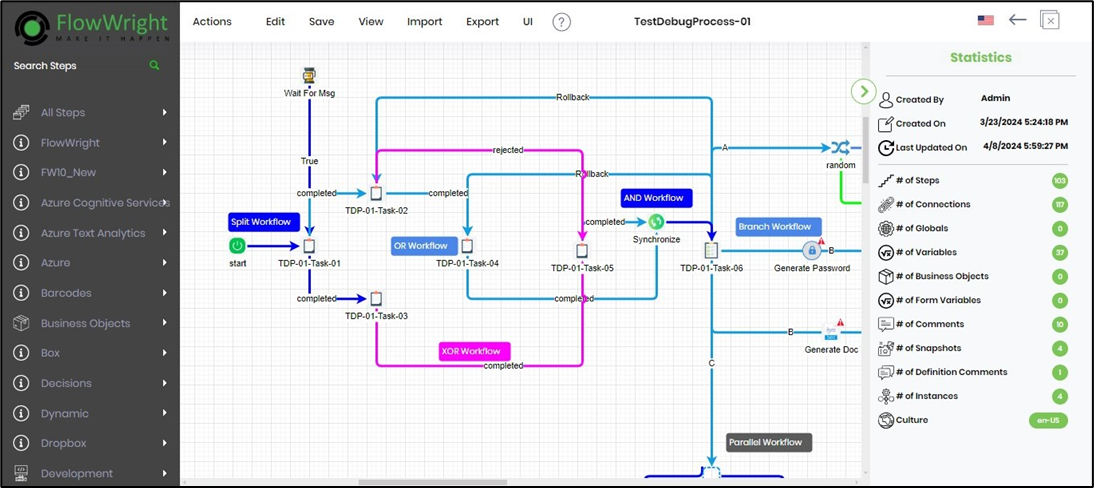
When making process-level changes, you can also use definition comments to identify the change, this would be similar to a check-in comment in a source code control system. On the process designer page navigate to the Edit - Definition Comment menu option enter whatever comment you want and click save. Definition comment lists will be rendered as follows:
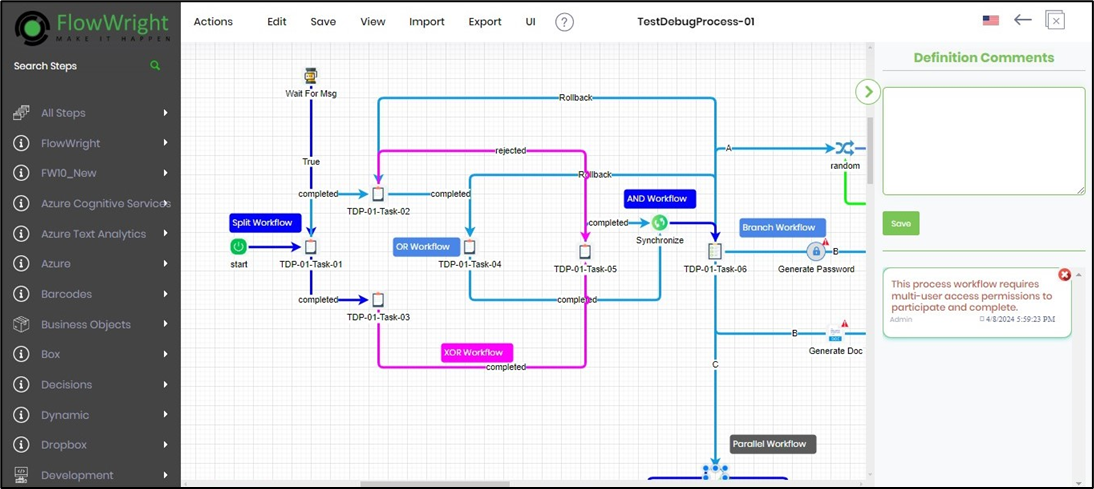
You can also enter detailed documentation at every step by using the "Documentation" input on each step (as shown below).
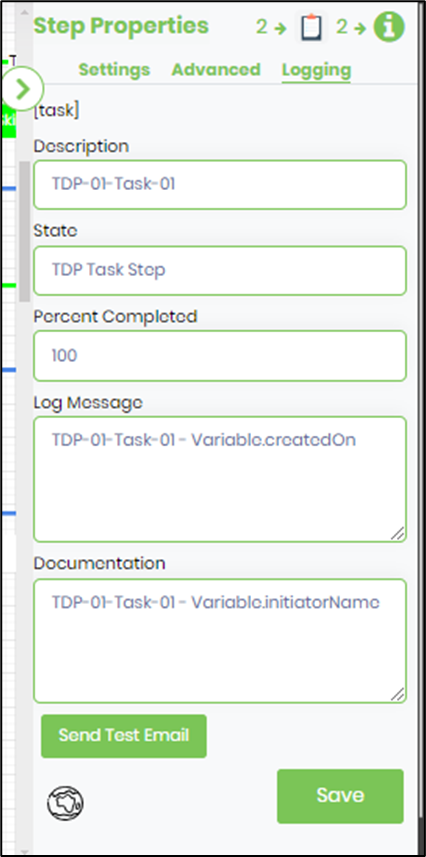
Audit history for a given workflow definition or instance will give you a detailed history for the item, this can be used as documentation if needed as well:
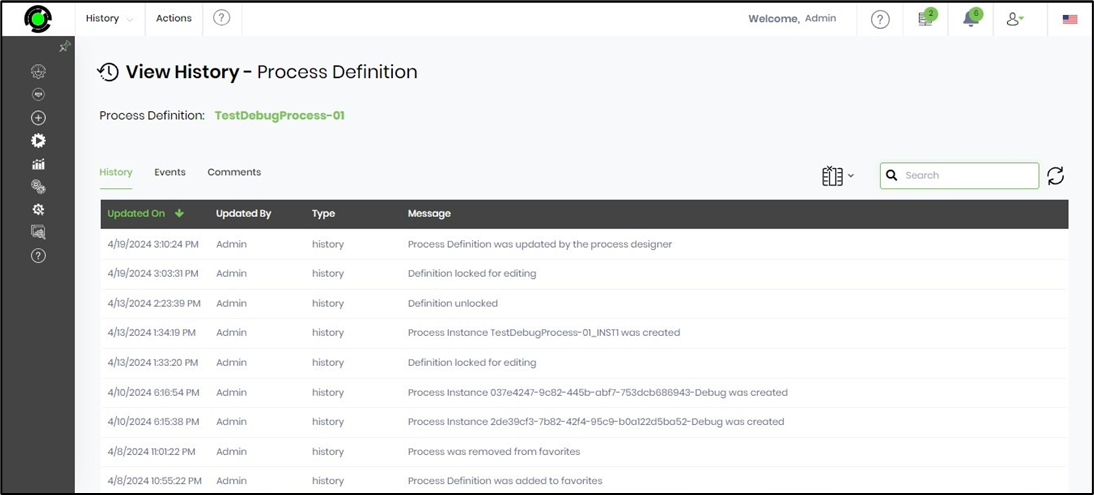
Workflow definition and instance will also be able to generate a PDF of the report documenting the process. To know, that a workflow instance contains runtime data on top of the design, audit history for the workflow instance will show detailed information for the execution under Business Intelligence (as shown below):
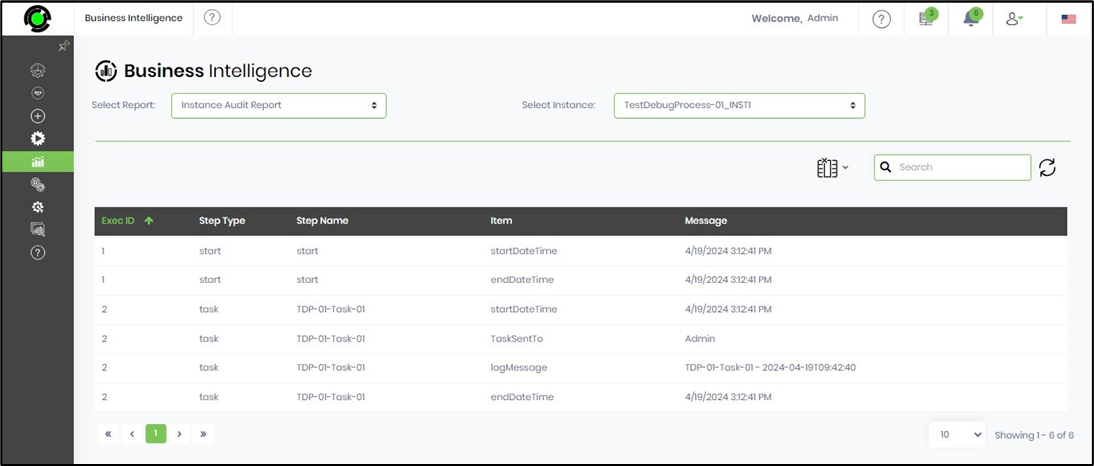
As mentioned before, FlowWright provides many levels of documentation for your processes so you can be sure to track success and be prepared for audit purposes, should they ever happen.